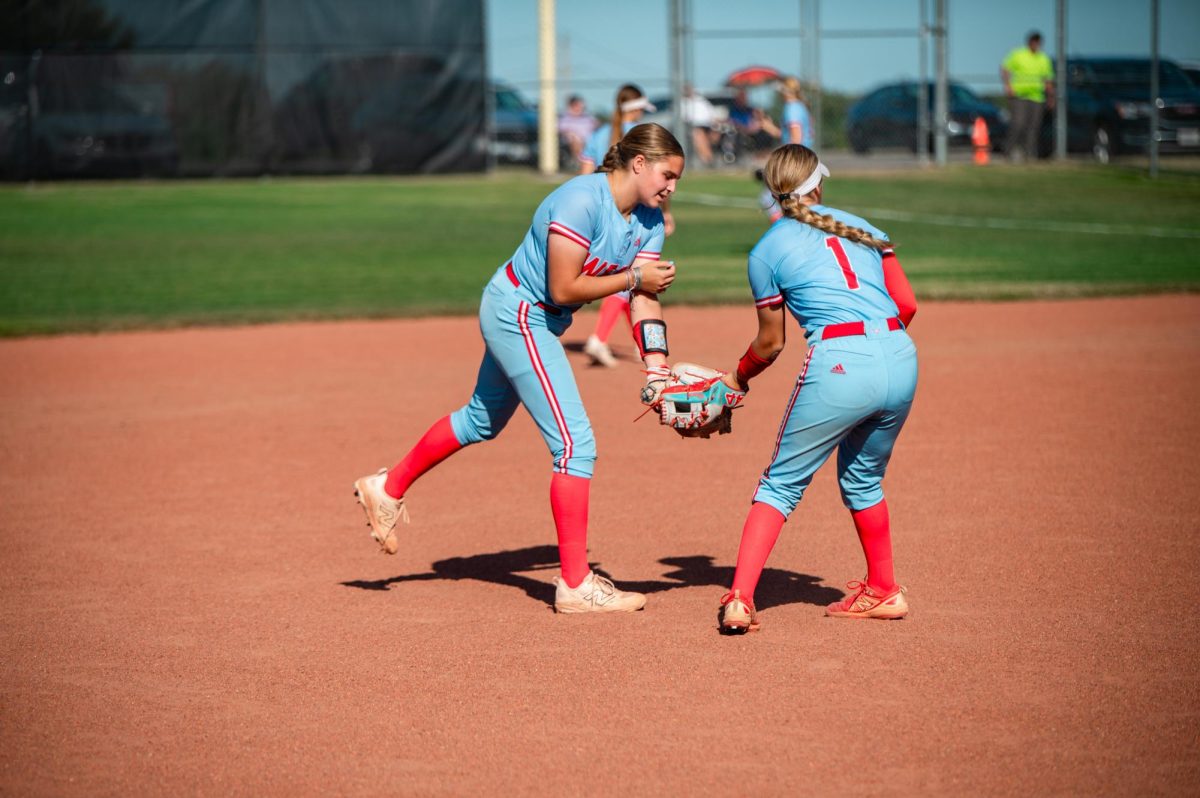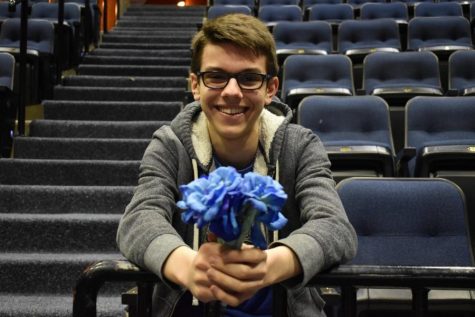At highly-selective institutions, the amount of qualified applicants far exceeds the number of available spots. The question then becomes how admissions offices should resolve this quandary. Rank students based on their grades and test scores? Part of the dilemma, however, is that tons of kids have great stats. Besides, this approach would neglect the many ways students can — and do — contribute to their community beyond academic achievements.
Enter the concept of holistic review, the practice that dominates elite college admissions. Schools that employ a holistic admissions process consider a variety of factors such as extracurricular activities, essays, interviews and letters of recommendation in addition to your transcript and test scores. As such, you’ve probably heard that top-tier colleges look for “well-rounded” applicants. This is true to an extent; good grades and an otherwise barren application aren’t going to get you into the Ivy League. Thus, many high schoolers join a random array of clubs, for example, to prove they are multitalented candidates. But what schools are really looking to create is a well-rounded freshman class. Imagine a college campus where every student was an engineering major, each one from a similar background with a similar personality and holding similar beliefs. That would be a pretty fruitless learning environment.
Pretend that you’re a member of an admissions committee. Applicants A and B both applied to your school to study political science, and both have impressive grades and test scores. Applicant A is involved in every club under the sun. To their credit, they picked up a fair share of accolades and leadership titles along the way, but their application as a whole is a bit scattershot. If I asked you to explain what gets Applicant A out of bed every morning, you’d probably struggle to give me a cohesive answer. Applicant B, on the other hand, is captain of the debate team, volunteered for several political campaigns and helped organize a large student protest. Their personal essay discusses how they developed a more nuanced view of oppression in their community, while their letters of recommendation praise Applicant B for being a helpful, compassionate classmate. Both students might have an equally outstanding list of accomplishments, but the “story” that Applicant B tells is much more compelling. You have a better understanding of who they are and what they would bring to your college. Their application isn’t a perfectly round circle; it has a clear “spike,” which will likely give them the upper hand.
Chuck Hughes, a former senior admissions officer at Harvard, authored a book entitled “What It Really Takes to Get Into Ivy League and Other Highly Selective Colleges.” He remarked that he “preferred reading about more substantive activities in fewer areas of interest than seeing a list of activities that screamed ‘Jack of all trades, master of none.’” Similarly, an aspiring history major that takes AP European History is going to craft a more airtight narrative than someone who fills that schedule slot with a second science course to appear well-rounded.
I’d argue this is a reflection of us living in an increasingly specialized world. That said, I think this reality can be met with either a healthy or unhealthy response. The unhealthy response is to put all your eggs into one basket by sophomore year in hopes of cultivating the largest spike possible. If you find something that truly speaks to you, that’s one thing, but don’t sacrifice the ability to explore in high school for a marginal benefit to your college application. I’d hate for you to be the dissatisfied chemist that could have been a great journalist if not for the fact you hyper-committed to a specific field. The healthy response is to realize that you’re still a teenager. No reasonable person — admissions officers included — is expecting you to have your entire life trajectory mapped out by your 17th birthday. After all, colleges know that the vast majority of students will eventually switch their major anyways.
So what does all of this mean with regards to holistic review? It means you should use the various components of your application to tell a story about yourself and the impact you hope to make at college and beyond. If you have a multitude of interests, use your application to highlight your intellectual curiosity and genuine love of learning. Or if you’re like Applicant B from my earlier example, play up the depth of your more narrowly-defined pursuits. What doesn’t make for a good story is stretching yourself a mile wide, but going just an inch deep in the name of a well-rounded facade.
In the next section, we’ll take a closer look at the ratings system that many admissions offices use to evaluate applicants. For now, though, I want to leave you with an excerpt from college admissions consultant Carolyn Allison Caplan’s book, “Hey AdmissionsMom: Real Talk from Reddit.”
“High school is a time for you to learn about yourself and what intrigues, interests and excites you. Don’t box yourself in, thinking that there are only a few things you should be doing. As such — and I acknowledge I’m going against the grain here — my philosophy for helping kids with extracurriculars is all about being star-shaped. I don’t actually recommend having one big ‘spike,’ meaning a single extracurricular you devote all your time to, though I recognize that’s the trendy advice these days, nor do I recommend trying to pursue every single extracurricular you can because you feel like you need to check off a laundry list of activities for the ‘resume booster club’ so you can be ‘well-rounded.’ Instead, shoot for being kinda well-rounded with some spikes — like a star — by pursuing four or five activities that interest and excite you. But honestly, you do you. Be who you are. That’s what colleges want. And if being you means having one big spike or being a perfectly round ball, then that’s totally fine.”



![Helping a customer, print room assistant Gretchen Williams operates her booth at the West High Craft Fair from Oct. 25-26. This was Williams’ first time participating in the Craft Fair with her new craft shop, Gs Beaded Boutique. “People have always said, over the years, ‘you should open something.’ [I replied that] I would rather just make [my crafts as] gifts for people. I just started [the online store] up, and it's been okay. I'm always surprised [by] how many views I get and [the] people from different states buying things; somebody from Alaska bought something the other day.”](https://pwestpathfinder.com/wp-content/uploads/2025/11/DSC0451-2-1200x799.jpg)
![Between lights, smoke and a captive audience of students, science teacher Joel Anderson conducts his annual Halloween show in class on Oct. 31. Anderson has performed the Halloween show every year for 27 years, since he started teaching in 1999. “[My favorite part about the show] is getting students excited about it and seeing their level of anticipation. After the students see it, they realize that [I] put a lot of time and effort into it,” Anderson said. “They also end up learning because I sneak some chemistry into the [show] as well. So, it’s a whole bunch wrapped up in a 15 or 20-minute package. It’s really scary.”](https://pwestpathfinder.com/wp-content/uploads/2025/11/DSC_9047-Enhanced-NR-1200x798.jpg)


![Smiling in a sea of Longhorns, Fox 2 reporter Ty Hawkins joins junior Darren Young during the morning Oct. 3 pep rally. The last time West was featured in this segment was 2011. “[I hope people see this and think] if you come to [Parkway] West, you will have the time of your life because there are so many fun activities to do that make it feel like you belong here. I was surprised so many people attended, but it was a lot of fun,” Young said.](https://pwestpathfinder.com/wp-content/uploads/2025/10/Edited2-1200x798.jpg)

![Blue lights shining brightly, senior Riley Creely beatboxes into the microphone. Creely and the group began the performance in front of the blue lights, sparking interest from the audience. “The pep rally performance was fun. I got to beatbox for the first half of the song, which was hype. I liked to look into the student section [while I performed],” Creely said.](https://pwestpathfinder.com/wp-content/uploads/2025/09/DSC_5085-Enhanced-NR-1200x799.jpg)

![Hugging senior Ella Wheeler, senior Jamaya Love beams after scoring a touchdown at the Powderpuff football game on Sept. 11, putting the seniors on the scoreboard with a score of 6-2 above the juniors. The seniors went on to capture the victory with a final score of 12-2. “I was actually gassed [at this moment]. I was so tired. But, everyone on the sideline, all my teammates and everybody in the stands were cheering,” Love said.](https://pwestpathfinder.com/wp-content/uploads/2025/09/DSC1735-Enhanced-NR-2-1200x799.jpg)
![Raising her hands in the air, freshman Jillian Sternhagen follows Mr. Mooney’s lead during an activity Aug. 15 at freshman orientation. Surrounded by other freshmen, Sternhagen learned an “A O E day” chant to help remember their new weekly high school schedule. Students participated in several activities to get to know each other, the school and the upperclassmen. “We got to tour the school and learn where everything in our schedule is. The energy [at orientation] was fun; the leaders were peppy and got us excited,” Sternhagen said.](https://pwestpathfinder.com/wp-content/uploads/2025/08/DSC_0145-1200x798.jpg)

